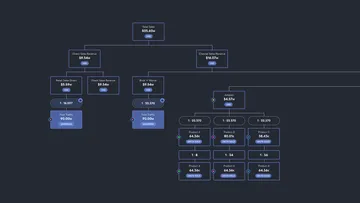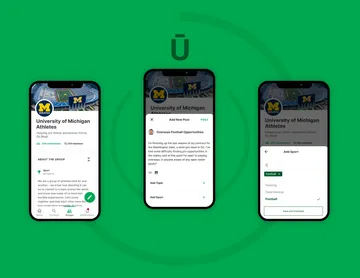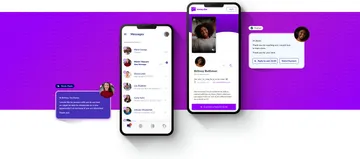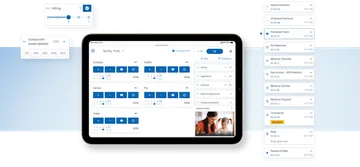How much will my MVP cost to build?

A common request from prospective clients is how much it will cost to build the Minimum Viable Product version of their software idea. In this article, I hope to shed some light on the different pricing tiers MVPs typically fall into for our clients.
No matter your idea, an MVP approach means focusing on the bare minimum of what you need to get in front of people to move to the next step. A common request from prospective clients is how much it will cost to build the Minimum Viable Product version of their software idea.
$10,000 - $50,000: Clickable Prototype
In some cases, having a functional application isn’t required in order to get the first step of validation that an idea is worth investing in. In some cases, a clickable prototype helps transform a business idea into a real-looking-and-feeling piece of software. This can help sell to your first customers or investors, giving you the necessary capital or confidence for the next step. These prototypes are designed and built using a design tool like Figma or InVision and require no code to be written. They rely on clickable hotspots that take you from screen to screen. This was the first step we helped Optify take, with the clickable prototype represented below, for their leadership coaching platform.
$50,000 - $100,000: Front-End Only App, Minimal Design, No Backend
Sometimes, a clickable prototype isn’t enough. You need something self-serving that you can send around or showcase as being (somewhat) functional. The ability to create accounts, make payments, and other user or data-based functionality can come later – what you really need validation on is the way users might interface with your product. With this approach, you should spend as little time as possible on design (use a framework like Material or Ant), and most of your time on some combination of UX and Front-End Development. This was the first step we helped Resolution take, which led to a Kickstarter campaign and research project to guide the next phase of development for a productivity application.

$100,000 - $300,000: Simple Front and Back-End App, Minimal Design
When the hypothesis you’re trying to validate necessitates user accounts or stored data of some kind, you’ll venture into needing a full-stack application (front- and back-end). This might mean you’re testing what features users will actually pay for, so you need features, user accounts, and payment methods. Design and overall polish may not be critical at this point, depending on the type of functionality or features you’re providing, so you can still take a lightweight approach. This was our approach for Urū Sports, a social network for college athletes.

$300,000 - $500,000: Simple Front and Back-End App, Polished UX and Design
It’s possible your app idea isn’t novel, but it’s just unique enough that it would compete with other existing apps. In this case, investing in the UX and design of the app as a differentiator could make sense, even though the actual functionality is relatively simple. This could be the case for outdated enterprise software, which done in a more modern way, with better UX and design, could push older players out. This was the first step we took for SwayDM, an app for influencers to monetize their flood of DMs.

$500,000 - $1,000,000: Complex Front and Back-End App, Product Strategy, Polished UX and Design
Last but not least, the idea you’re attempting to validate requires the app to not only be fully functional, with high-end UX and design, but the underlying functionality, data integrations, or features are complex and multi-faceted. This might involve user collaboration, real-time syncing between views, video streaming, data analysis, AI, an editorial workflow, complex versioning, or any combination thereof. You not only need to think about the near-term vision but also the long-term roadmap, so that whatever you’re building serves as a solid foundation for growth. But you could be tempted to shoot for the moon and veer away from an MVP approach by packing in so many features that it’s no longer clear what you’re actually trying to validate. This approach wastes time and money on things users won’t care to use. We generally advise startups, even at this complexity, to time box or budget constrain their MVP build. This is the approach we took with SpectrumAI, a clinical application for ABA therapy.
No matter your idea, an MVP approach means focusing on the bare minimum of what you need to get in front of people to move to the next step. This approach has worked for what are now some of the biggest tech companies, like Airbnb (founders renting out their SF loft apartment), Zappos (creating an online shoe store with no shoes), and Amazon (online bookstore), and is a model we’ve built our process around. Now you just need to figure out what the bare minimum version of your product is, and build it!

